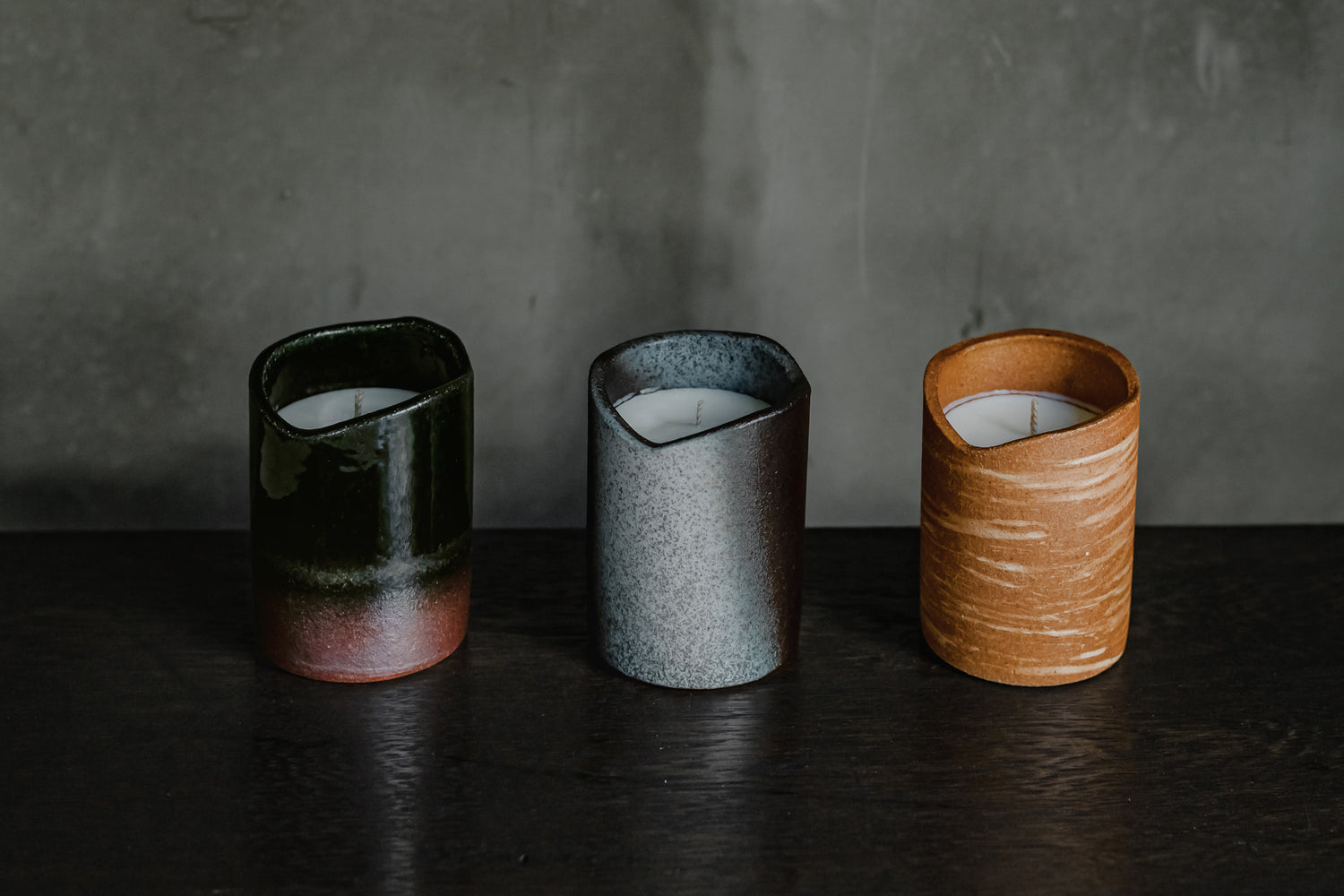Every year around November , the leaves turn brightly colored throughout Japan.
The autmn leaves gradually start to change color in colder regions and higher altitudes, and just like cherry blossom viewing, people from Japan and abroad flock to famous spots around the country during this time. There are scenic spots that you may have heard of, such as Irohazaka in Tochigi/Nikko and Kamikochi in Nagano/Matsumoto. For example, Irohazaka is a perfect driving route, and a road that normally takes 20 minutes can take over two hours during the autumn leaves season. Why is it that not only Japanese people but people all over the world are fascinated by Japan's autumn leaves?

We often say to each other how beautiful the autumn leaves are, turning yellow, orange, and red, and we take pictures of them, but have you ever been conscious of which trees and plants are changing their colors?
For example, Someiyoshino is a variety of cherry blossoms, but its autumn leaves also turn beautiful yellow to orange. Also, when you think of autumn leaves, many people may think of two types of maple leaves "Momiji" & "Kaede". These two plants look somewhat similar and are difficult to tell apart. In fact, if you look closely, you can see that the leaves have different shapes, and the ones with deep cuts are "Momiji". However, both are botanically classified in the genus Maple. The origin of the word "momiji" is the verb "momizu", and in the past it seems that the name "momiji" referred to the coloring of plants, and the name "momiji" came to refer to the most vividly colored species of the maple genus.
In addition to the red colors, the leaves of trees such as ginkgo and larch that turn yellow also create a colorful landscape.

Recently, we have been seeing tourists from overseas visiting famous autumn foliage spots once again after the coronavirus pandemic. When I see this scene, I wonder if it's not possible to see autumn leaves overseas? Don't you wonder? If you do some research, you can enjoy autumn leaves throughout the four seasons in Europe, North America, and other countries, depending on the city or state. So, why do people visit Japan during the autumn leaves season? I feel like there are two major reasons for this.
The first is the large variety of vegetation. Trees that change their leaves in autumn are called deciduous broad-leaved trees, and Japan has the largest number of deciduous broad-leaved trees in the world. As a result, the autumn leaves come in a variety of colors such as red, orange, and yellow, creating a colorful landscape that cannot be found in other countries.
And the second one. Although this does not apply to all regions, the scenery that combines historical buildings such as temples and shrines with autumn leaves is unique to Japan. "Shakkei" which is a landscaping technique often seen in Japanese gardens, also become even more beautiful with the autumn leaves. It is no wonder that the largest number of tourists flock to places like Kyoto, which has many temples and shrines, around the time of autumn leaves.

It turns out that Japan's unique climate, vegetation, and architecture could be factors in creating autumn foliage scenery that cannot be seen in other countries.
Similar to cherry blossom viewing, the colorful autumn leaves are only available for a short period of time. Famous spots tend to be crowded, so it might be fun to take a short walk along the tree-lined avenues in your neighborhood to enjoy the fall foliage.

